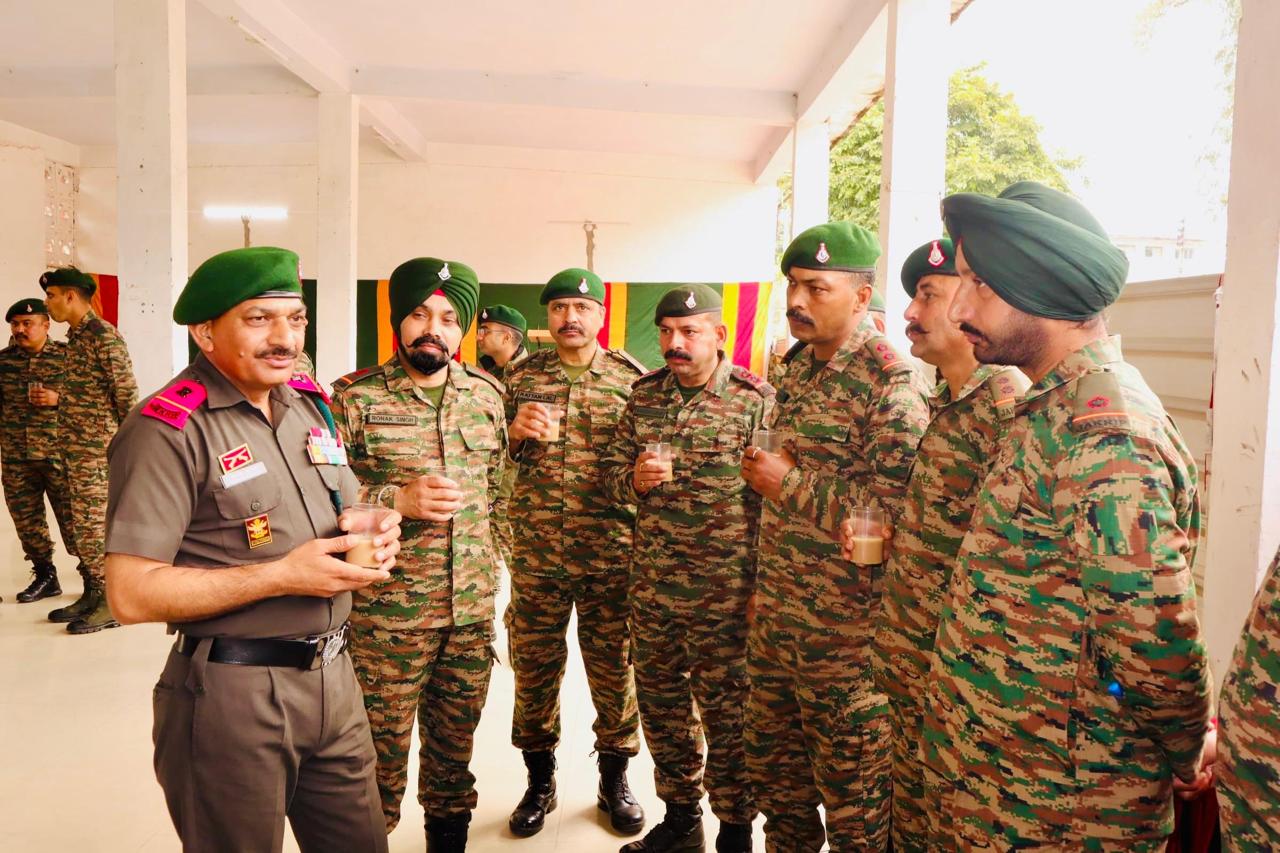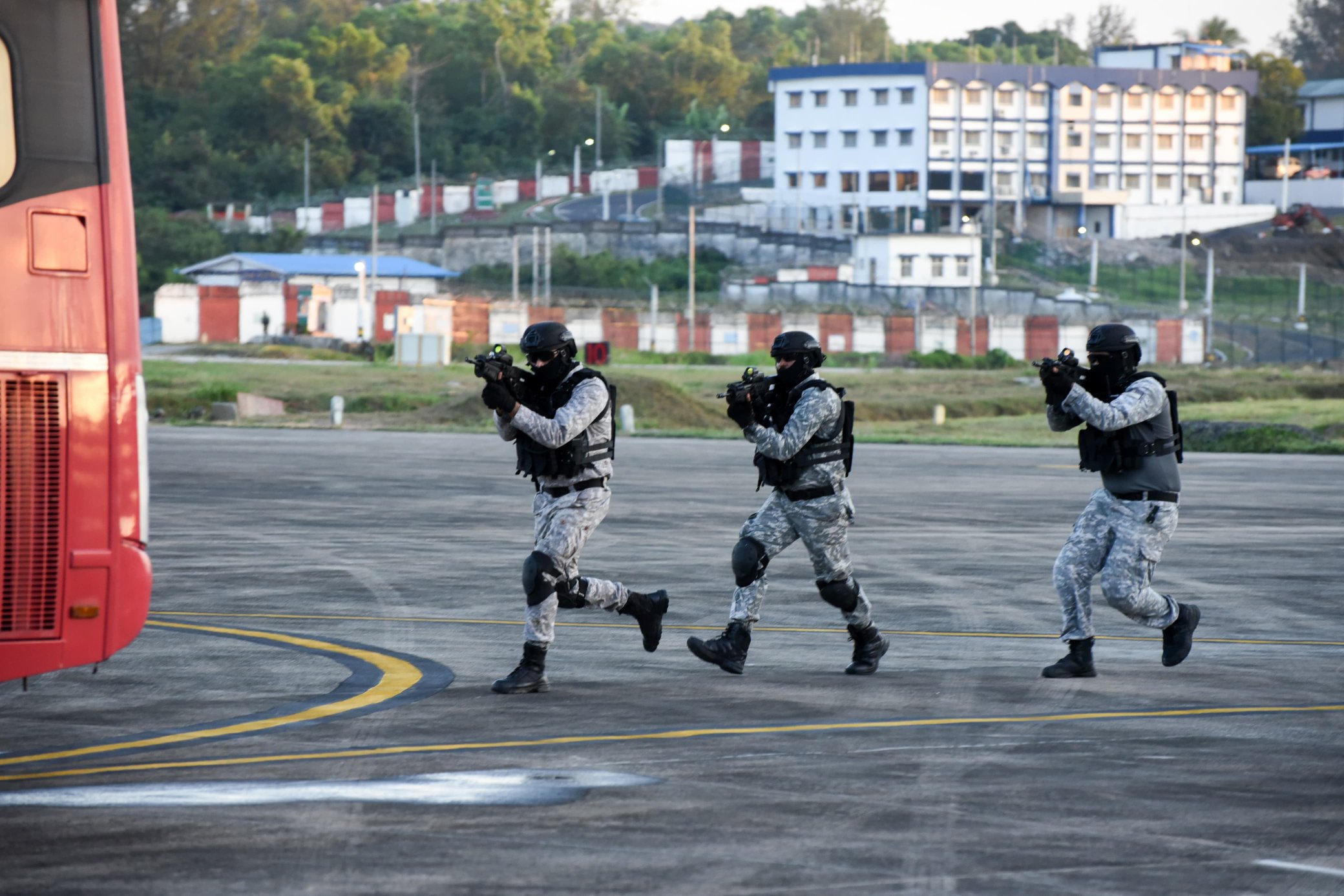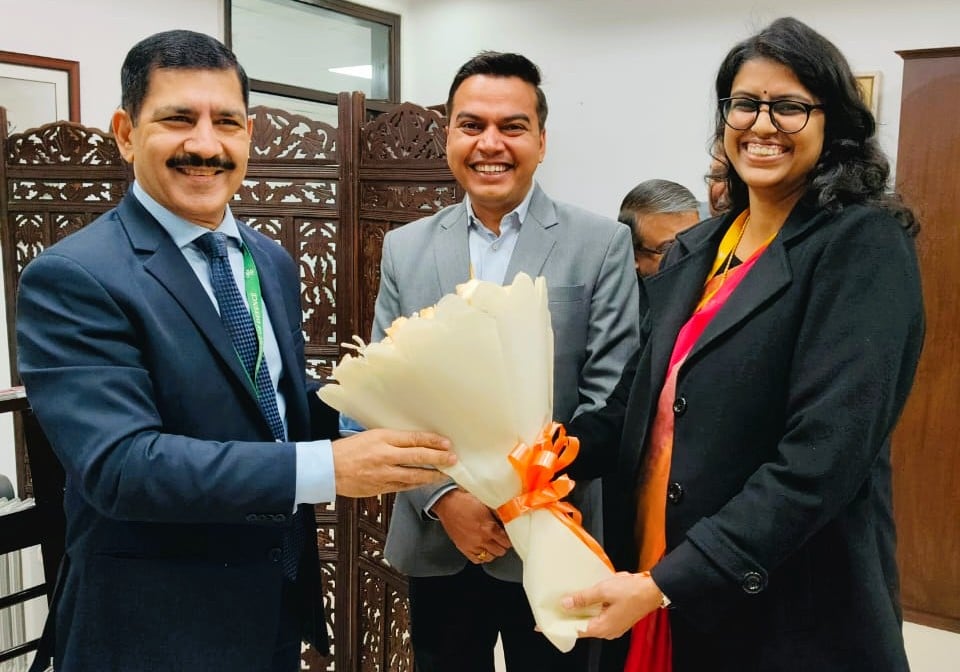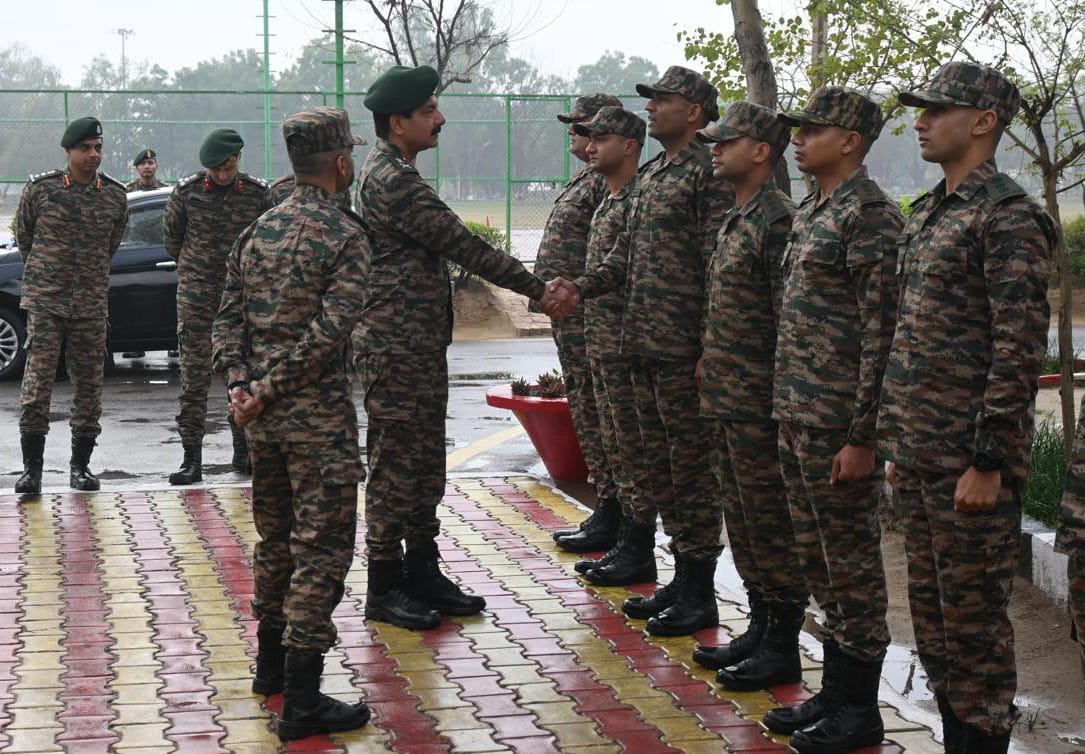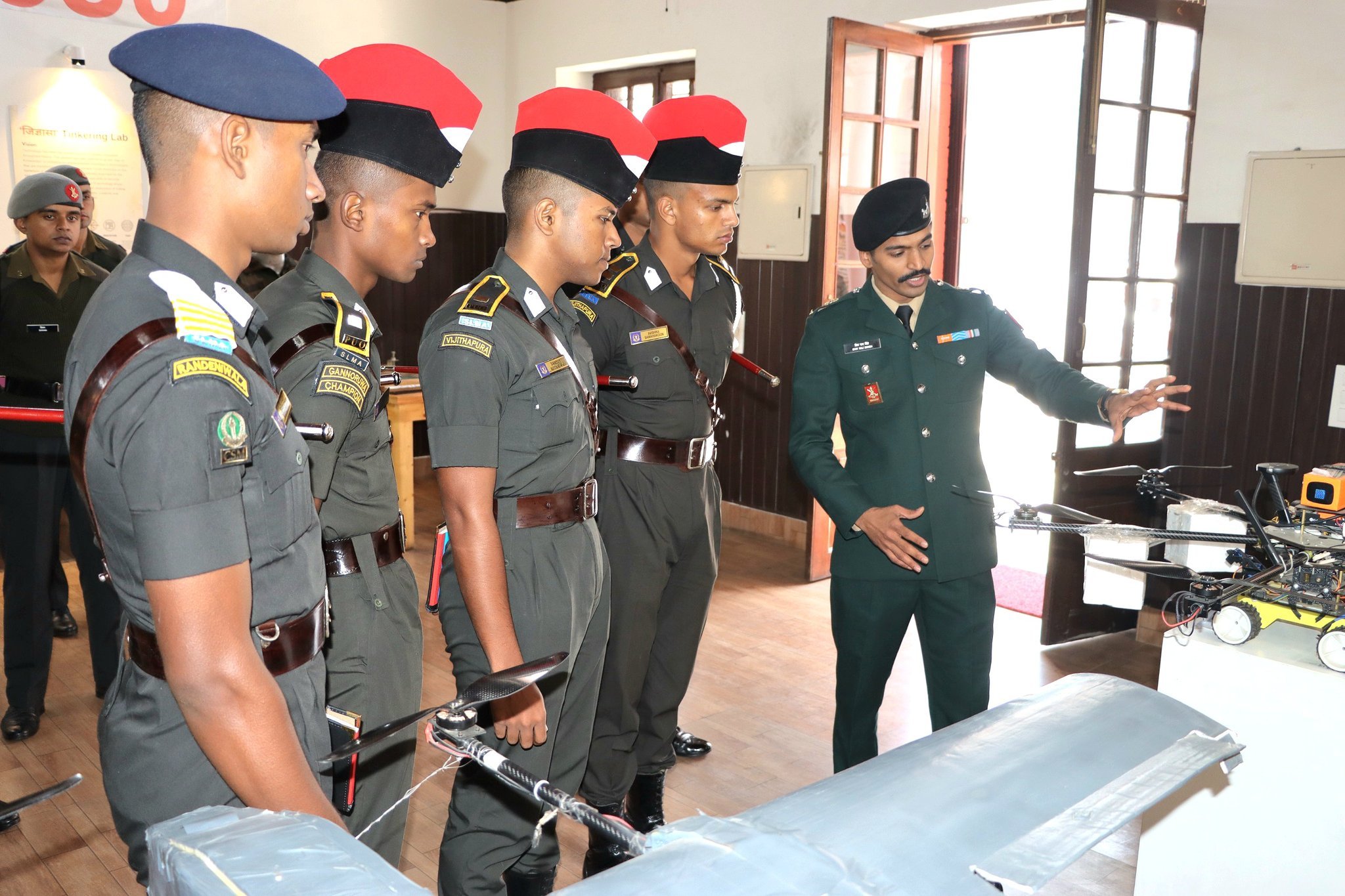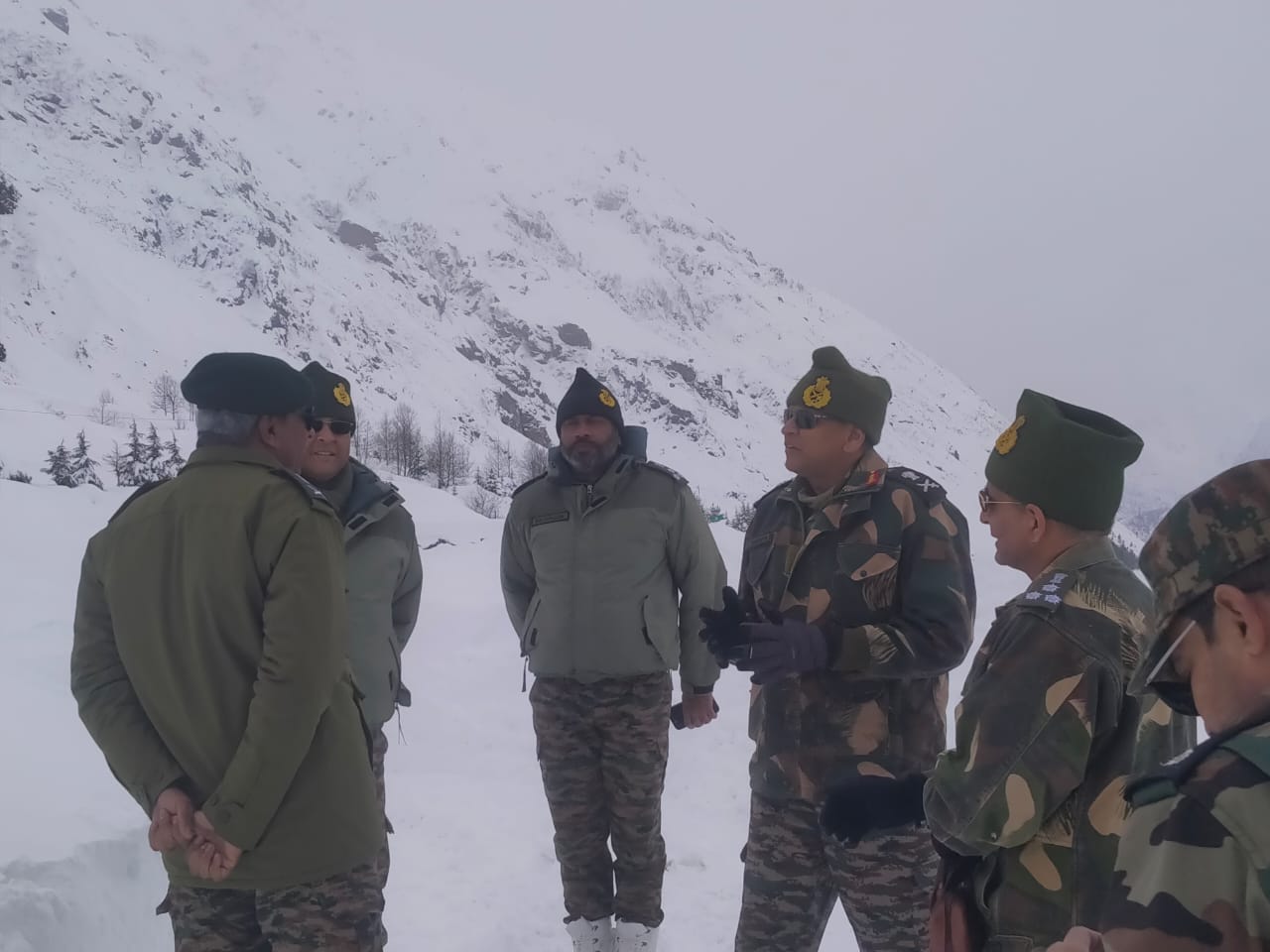Subedar Major Sanjay Kumar PVC Inspires Troops at Tiger Division
Subedar Major Sanjay Kumar, a distinguished recipient of the Param Vir Chakra (PVC), India's highest military honor, recently visited the…
AAI, IB, Police, CISF, MARCOS, Ghataks, NSG Participated in Anti-Hijack Exercise
In a concerted effort to bolster national security and enhance preparedness against potential hijack threats, a comprehensive anti-hijack exercise was…
Dr Mayank Sharma Assumes Office as Controller General of Defence Accounts
Dr Mayank Sharma has taken charge as the Controller General of Defence Accounts (CGDA) on March 1, 2025, bringing with…
Lt Gen Nagendra Singh Visits Laalgarh Jattan Military Station
Lieutenant General Nagendra Singh, General Officer Commanding (GOC) of the Chetak Corps, recently visited the Laalgarh Jattan Military Station to…
Sri Lanka Cadets Visit the Indian Military Academy IMA Dehradun
In a significant step towards bolstering defence cooperation between India and Sri Lanka, a five-member delegation from the Sri Lanka…
Senior Military Leaders Oversee Avalanche Rescue Operations in Uttarakhand’s Mana Region
In response to a catastrophic avalanche that struck the Mana region in Uttarakhand's Chamoli district on February 28, 2025, senior…

